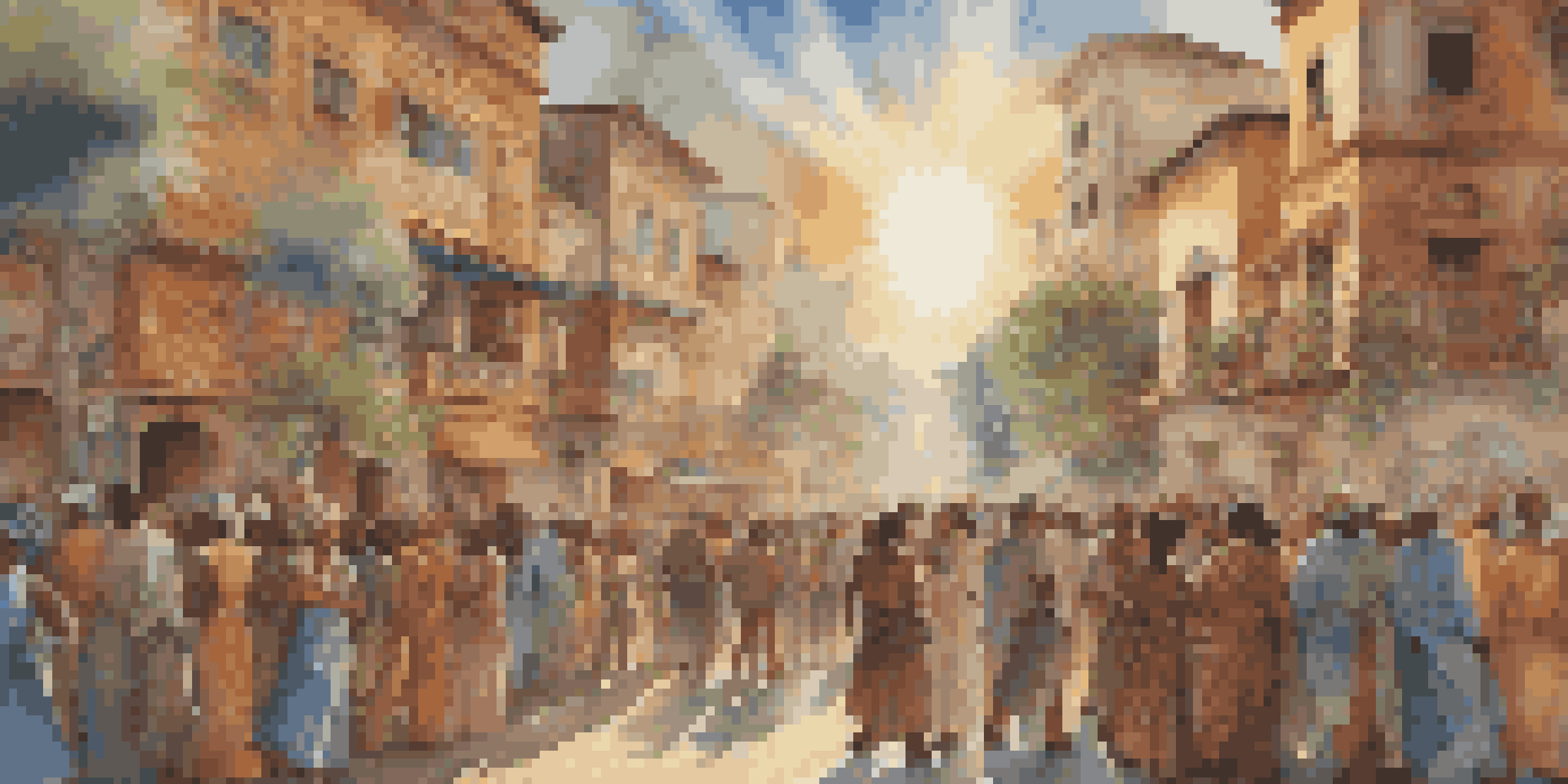The Relationship Between Art and Memory in Cultural Narratives

Understanding Cultural Narratives Through Art
Cultural narratives are the stories that shape our identity and values. Art plays a crucial role in expressing these narratives, acting as a mirror to reflect societal beliefs and practices. Whether it’s through paintings, music, or literature, art encapsulates the essence of a culture, making it accessible to future generations.
The Role of Memory in Artistic Expression
Memory is not just a personal experience; it’s a collective phenomenon that influences how art is created and perceived. Artists often draw inspiration from their own memories, integrating personal experiences into their work. This process allows audiences to connect deeply with the art, evoking shared emotions and memories that resonate on a broader scale.
Art as a Tool for Preserving Cultural Memory
Art serves as a powerful tool for preserving cultural memory, capturing significant events and emotions in a tangible form. For instance, murals can depict historical events that remind communities of their shared past. By doing so, art not only preserves memories but also educates future generations about their heritage.
The Impact of Art on Individual and Collective Memory
Art influences memory on both individual and collective levels, shaping how we remember and interpret our past. A powerful piece of music can transport an individual back to a specific moment in time, while a sculpture might evoke collective memories for an entire community. This ability to evoke memories makes art an essential component of cultural narratives.
Artistic Representations of Historical Events
Many historical events are immortalized through artistic representations, allowing us to revisit and reflect on them. For example, Picasso’s 'Guernica' powerfully conveys the horrors of war, serving as a poignant reminder of the past. Such works ensure that important events are not forgotten, fostering discussions that are crucial for societal growth.
The Evolution of Memory Through Modern Art Forms
As society evolves, so too does the way we express and remember our cultural narratives through art. Modern art forms, such as digital installations and interactive experiences, challenge traditional notions of memory and representation. These new mediums engage audiences in novel ways, making memories more accessible and relevant to contemporary issues.
Art Therapy: Healing Through Memory and Expression
Art therapy has emerged as a powerful method for healing, particularly in addressing trauma and memory. By creating art, individuals can express feelings that might be difficult to articulate verbally, facilitating a deeper understanding of their experiences. This therapeutic process not only aids personal healing but also reinforces the connection between memory and artistic expression.
Conclusion: The Lasting Bond Between Art and Memory
The relationship between art and memory is intricate and profound, shaping cultural narratives that define societies. By preserving memories and evoking emotions, art not only reflects our past but also influences our future. As we continue to create and engage with art, we enrich our cultural heritage and ensure that our stories endure.